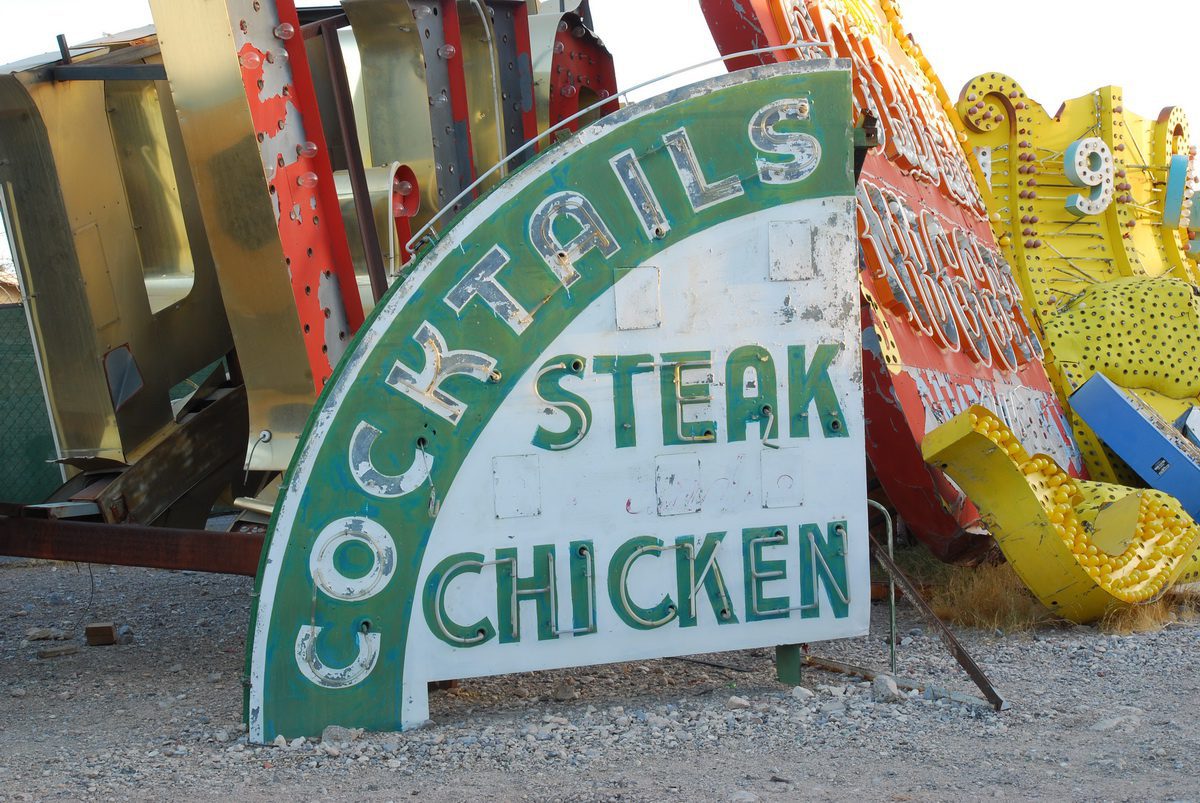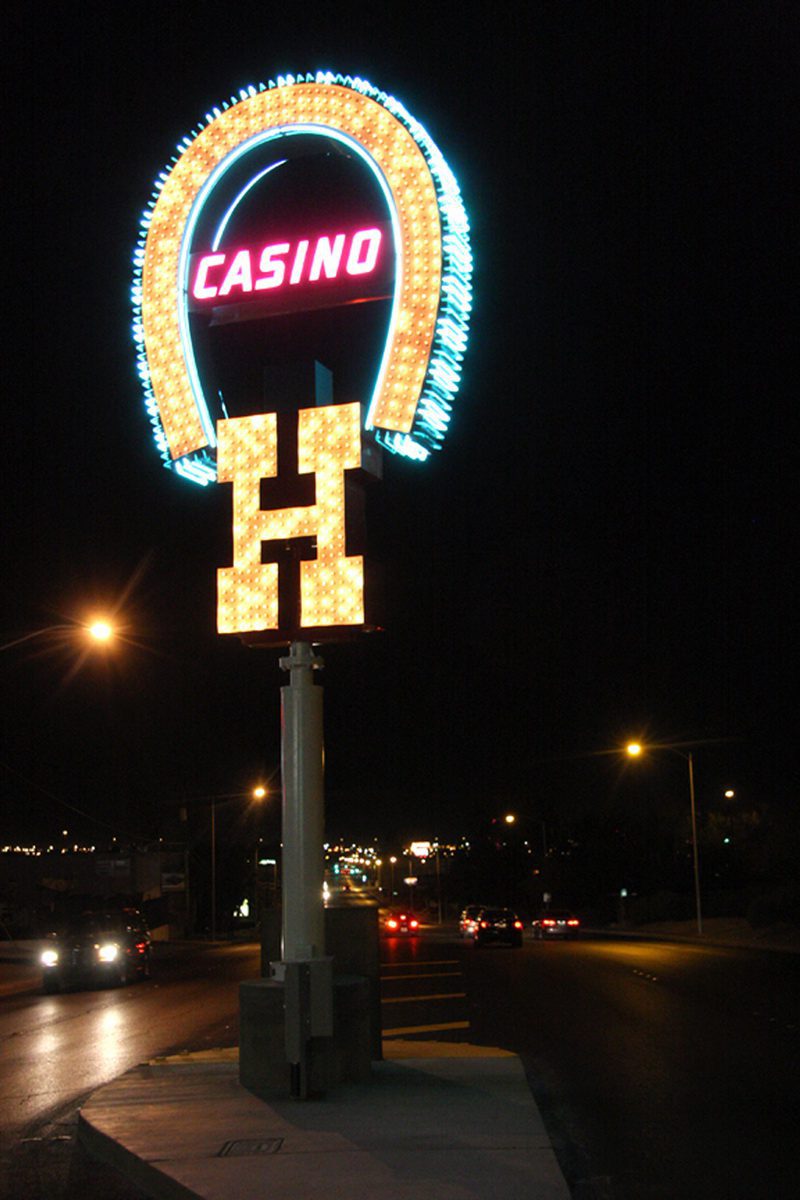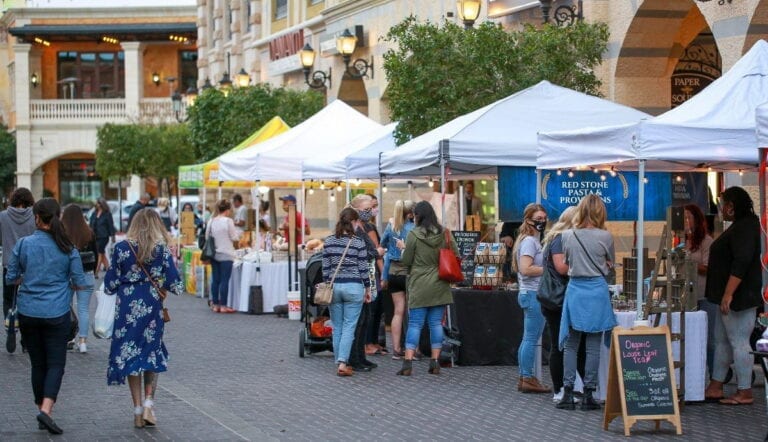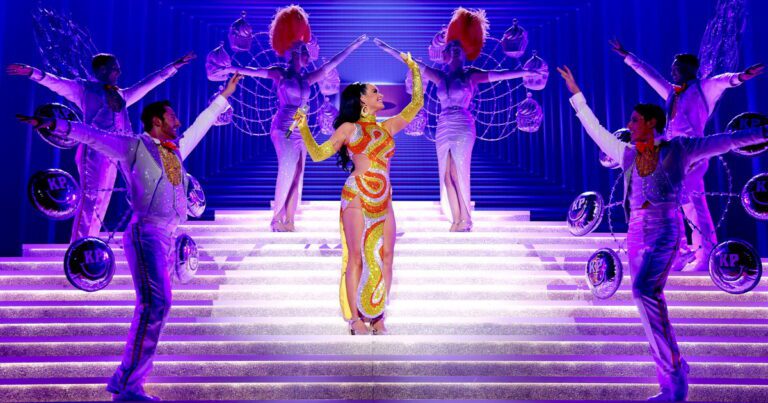The Neon Museum Celebrates Women’s History Month
- Among The Neon Musuem founders were influential Las Vegas women, including Barbara Molasky, Nancy Deaner, and Dorothy Wright.
- The Neon Museum collects, preserves, studys, and exhibits iconic Las Vegas signs for educational, historic, arts, and cultural enrichment.
- Read more Travelivery stories on our homepage
The Neon Museum is the perfect place to celebrate International Women’s Day on Tuesday, March 8, and Women’s History Month this March.
Among its founders were influential Las Vegas women, including Barbara Molasky, Nancy Deaner, and Dorothy Wright. The museum’s new Las Vegas Luminaries mural pays tribute to several women who played a significant role in Las Vegas history. In addition, many of the museum’s iconic neon signs offer interesting stories about the longstanding role women have played in Las Vegas.
Some of these women and stories include:
On the Las Vegas Luminaries mural, which is available for free viewing 24/7 on the North Gallery wall, includes a QR code people can scan for more information on the women represented:
- Theodora Boyd, a pioneering African American showgirl from the Moulin Rouge and back up dancer for famed jazz band leader Cab Callaway.
- Betty Willis, one of the only women employed in the commercial sign industry in the 1950s when she designed the famous “Welcome to Fabulous Las Vegas” and Moulin Rouge signs.
- Denise Scott Brown, an educator, architect, and urban planner, who co-authored “Learning From Las Vegas,” a landmark study of Vegas architecture and signs.



Signs in the Neon Boneyard, which is open for general admission in the afternoon and guided tours in the evening when the signs are illuminated or ground-lit:
- The Golden Nugget “1905” sign honors the historic founding of Las Vegas, which was made possible when Helen J. Stewart sold her ranch in 1902 to Senator William A. Clark, acting on behalf of the San Pedro, Los Angeles and Salt Lake Railroad. Stewart began operating the ranch, located just north of The Neon Museum and now home to the Mormon Fort State Park, after her husband, Archibald, was killed in a gunfight in 1884. The ranch was a popular spot, with shady cottonwood groves, a creek, and vines, which produced 600 gallons of wine annually. Mrs. Stewart went on to become Las Vegas’ first postmaster (1893), first woman elected to the school board (1915) and first woman to serve on a jury (1916).
- The Moulin Rouge sign was designed byBetty Willis. The property was also owned for many years by Sarann Knight-Preddy, the first African American woman to receive a gaming license in Nevada. The Moulin Rouge sign was reassembled and re-illuminated in 2020 to its original layout in the Neon Boneyard.
- The Green Shack sign dates to the 1930’s when Mrs. Mattie Jones moved her fried chicken and bootleg whiskey business from her home kitchen to a green railroad barracks building on East Fremont Street/Boulder Highway. The Green Shack was one of the first stand-alone restaurants outside of downtown Las Vegas and one of the longest running restaurants in the Las Vegas valley. Her nephew, Frank McCormick, and later his son, took over the restaurant, which remained a Las Vegas institution, until it closed in the 1990s.
- Riviera signs were designed by famed female sign designer Marge Williams who worked for Federal Signs as its Art Director. For the Riviera signs, she worked closely with architect Nikita Zukov to incorporate the sign into the architecture of the building which ultimately led to winning the 1991 Signs of the Time best sign award.




Public Art on Las Vegas Boulevard
- The Binion’s Horseshoe sign is one of nine restored Neon Museum signs on Las Vegas Boulevard that are free to the public for viewing. Benny Binion’s wife Teddy Jane Binion was an essential participant in the running of the Horseshoe. While Benny Binion was in jail for tax evasion, the family ran the hotel in his absence and continued to actively run the property after he was released from jail. Teddy Jane was the bookkeeper for Binion’s Horseshoe and managed the casino cage until her death in 1994.
- The Hacienda sign is from the property ran by Judy Bayley, known as the “First Lady of Gambling” after she took over the operations and management of the Hacienda Casino and Hotel in 1964 until her death in 1971. She earned the moniker since she was the first sole female casino and resort owner in Las Vegas. During her time running the Hacienda, she commissioned a new sign for the property and expanded the casino by adding Keno and Poker.


ABOUT THE NEON MUSEUM
Founded in 1996, The Neon Museum is a non-profit 501(c)3 organization dedicated to collecting, preserving, studying, and exhibiting iconic Las Vegas signs for educational, historic, arts, and cultural enrichment.
It has been ranked No. 1 in Las Vegas Weekly’s list of “Twenty Greatest Attractions in Las Vegas History,” Nevada’s “Best Museum” by MSN, one of the 10 best museums in Las Vegas by USA Today’s 10best.com, “One of the Top 10 Coolest Things You Didn’t Know You Could Do” by Forbes.com, one of the “Top 10 Historic Spots in Las Vegas” by Vegas.com; one of “15 Most Fascinating Museums in the U.S.” by VacationIdea.com; and earns a consistent 4.5 out of 5 rating on TripAdvisor.
On its 2.27-acre campus, The Neon Museum has an outdoor exhibition space known as the Neon Boneyard (“boneyard” is traditionally the name for an area where items no longer in use are stored); the North Gallery, home to the immersive audiovisual experience “Brilliant!” which uses technology to re-illuminate more than 40 non-operational signs; the Boulevard Gallery outdoor exhibit and event space; and its visitors’ center inside the former La Concha Motel lobby.
The museum collection also includes nine restored signs installed as public art in downtown Las Vegas. Public education, outreach, research, and art preservation represent a selection of the museum’s ongoing projects.
For more information, including tour schedules and tickets, visit their website. Also, follow on Facebook and Twitter, and Instagram.













